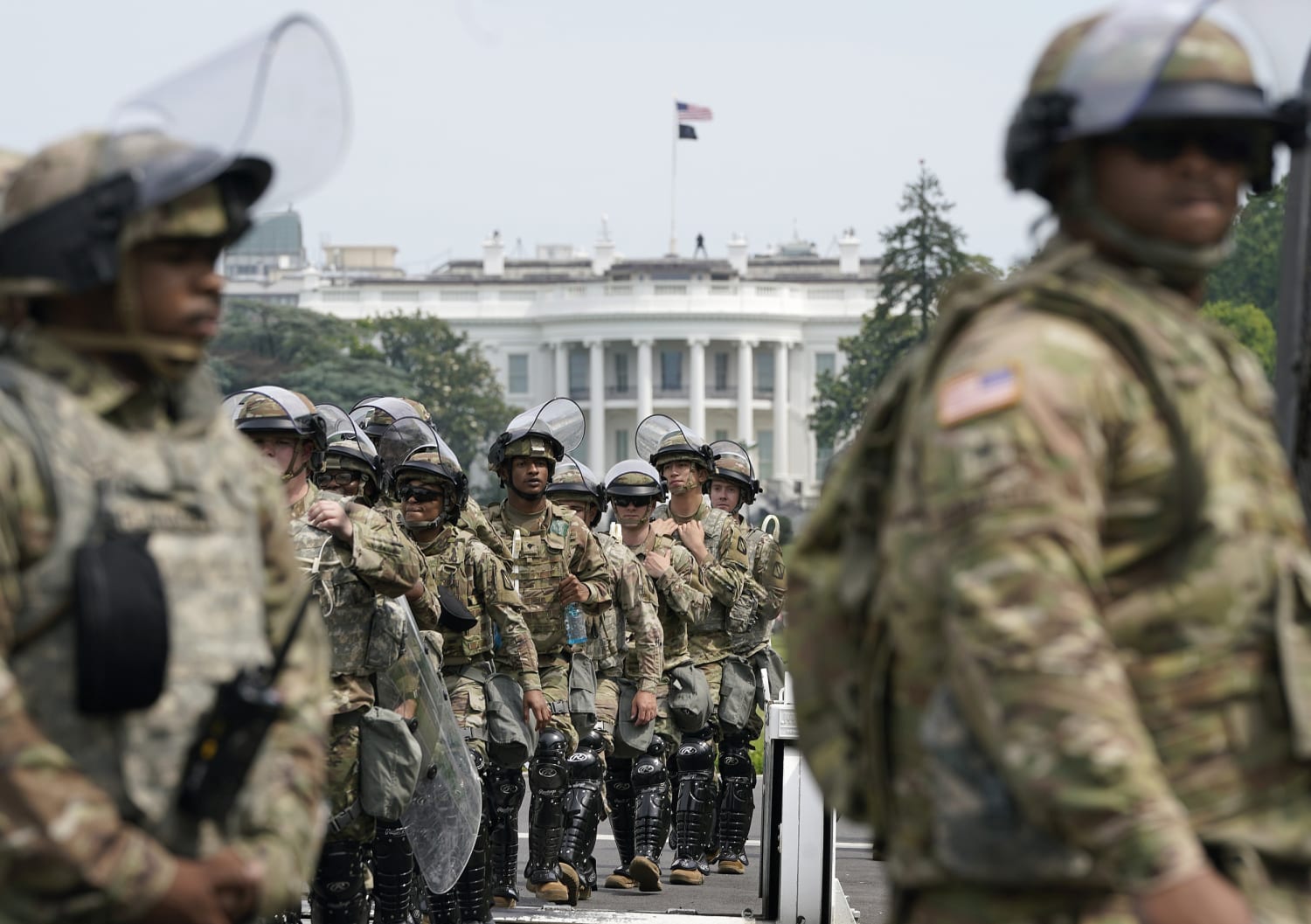Already a subscriber? Make sure to log into your account before viewing this content. You can access your account by hitting the “login” button on the top right corner. Still unable to see the content after signing in? Make sure your card on file is up-to-date.
The Pentagon is moving forward with the creation of a nationwide Quick Reaction Force (QRF) aimed at rapidly responding to civil unrest across US cities.
Getting into it: According to a memo first obtained by The Guardian and later confirmed by multiple outlets includingTask & Purpose and The Hill, the National Guard Bureau has ordered the formation and training of QRF units in all 50 states, Washington D.C., and US territories such as Puerto Rico and Guam. The internal memo, dated October 8 and signed by Maj. Gen. Ronald Burkett, director of operations for the National Guard Bureau, outlines the structure, equipment, and timeline for establishing these specialized units.

Most states are required to train 500 National Guard personnel, while smaller jurisdictions like Delaware, Alaska, and Guam are assigned between 100 and 350 troops. The units will be trained in riot control tactics and civil disturbance operations, including the use of nonlethal weapons like Tasers, batons, pepper spray, and body shields.
The document directs the Pentagon to deploy military trainers to each state and territory, with the goal of having the QRFs fully operational by January 1, 2026. Each QRF will receive 100 complete sets of crowd control gear and will be trained in advanced civil disturbance techniques, including how to form squad-sized riot formations, manage detainees, and carry out “hasty checkpoint” operations. States are required to submit monthly progress updates through a defense readiness reporting system, and additional five-day training courses are scheduled throughout late 2025. Notably, the Washington D.C. National Guard is also tasked with maintaining a permanent, full-time military police battalion of 50 Guardsmen, operational within 90 days and fully staffed by 2027.
Two different views for you: This move has raised concern among critics who argue that it represents a shift in the domestic use of the military, blurring the lines between military and civilian law enforcement. Some organizations have warned the units could be used to suppress dissent and intimidate Americans. To the contrary, supporters argue that the QRF is a necessary tool to ensure rapid, organized responses to civil disturbances that local authorities may be unprepared to manage.







